VERY RARE! WWII 1944 Battle of Aachen Siegfried Line “FIRED” Small Caliber Bullet Recovered From WWII Germany Battlefield (1 Randomly Selected)
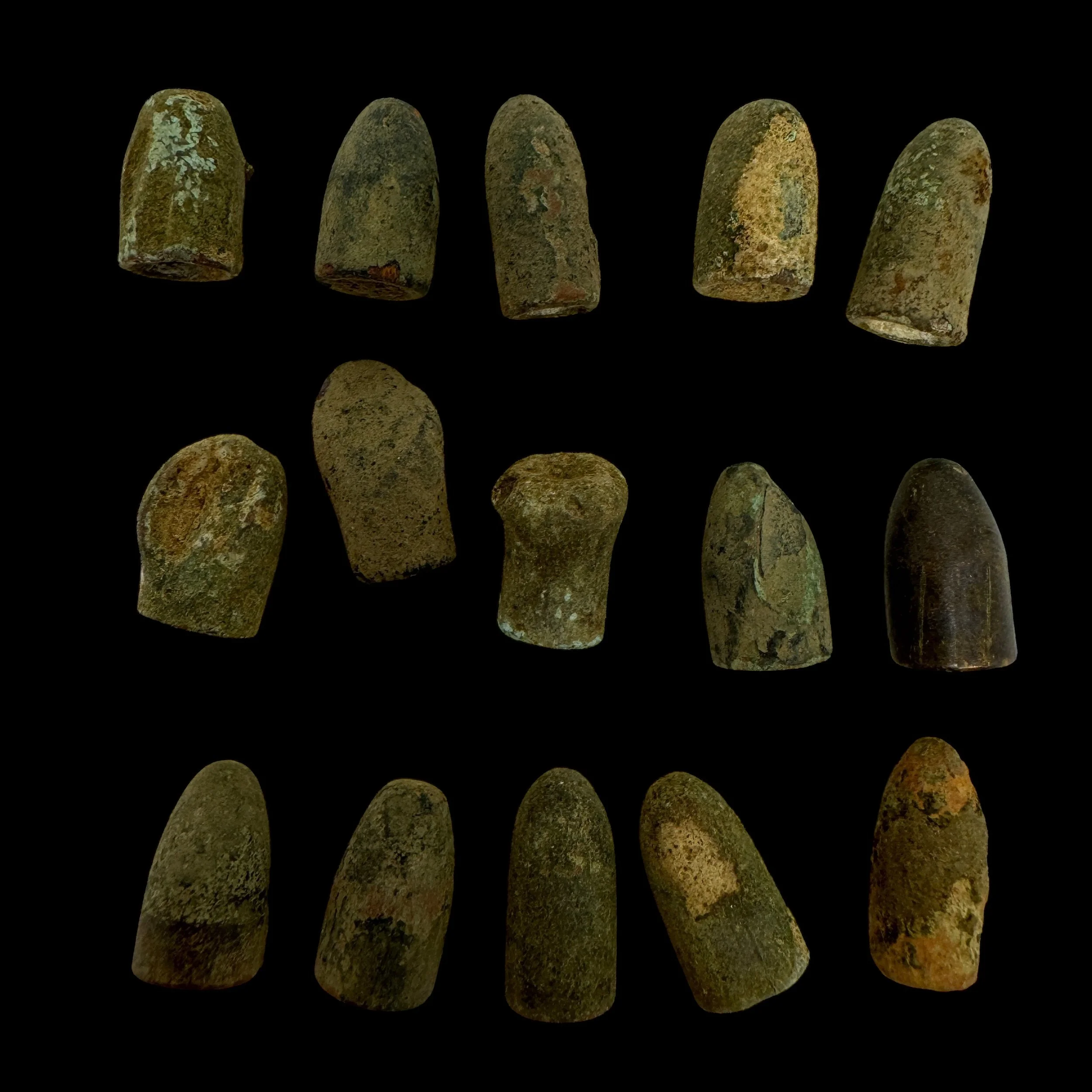

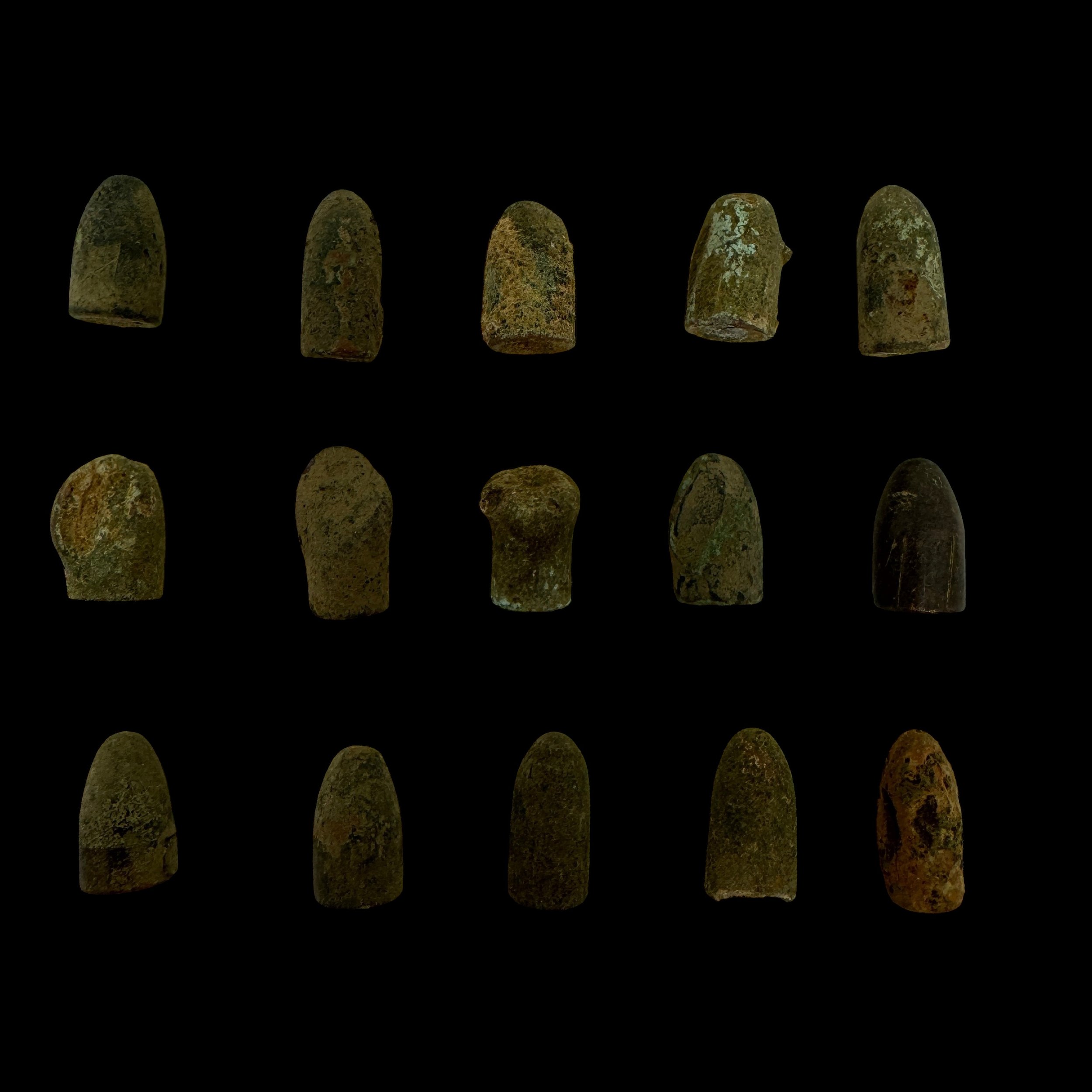
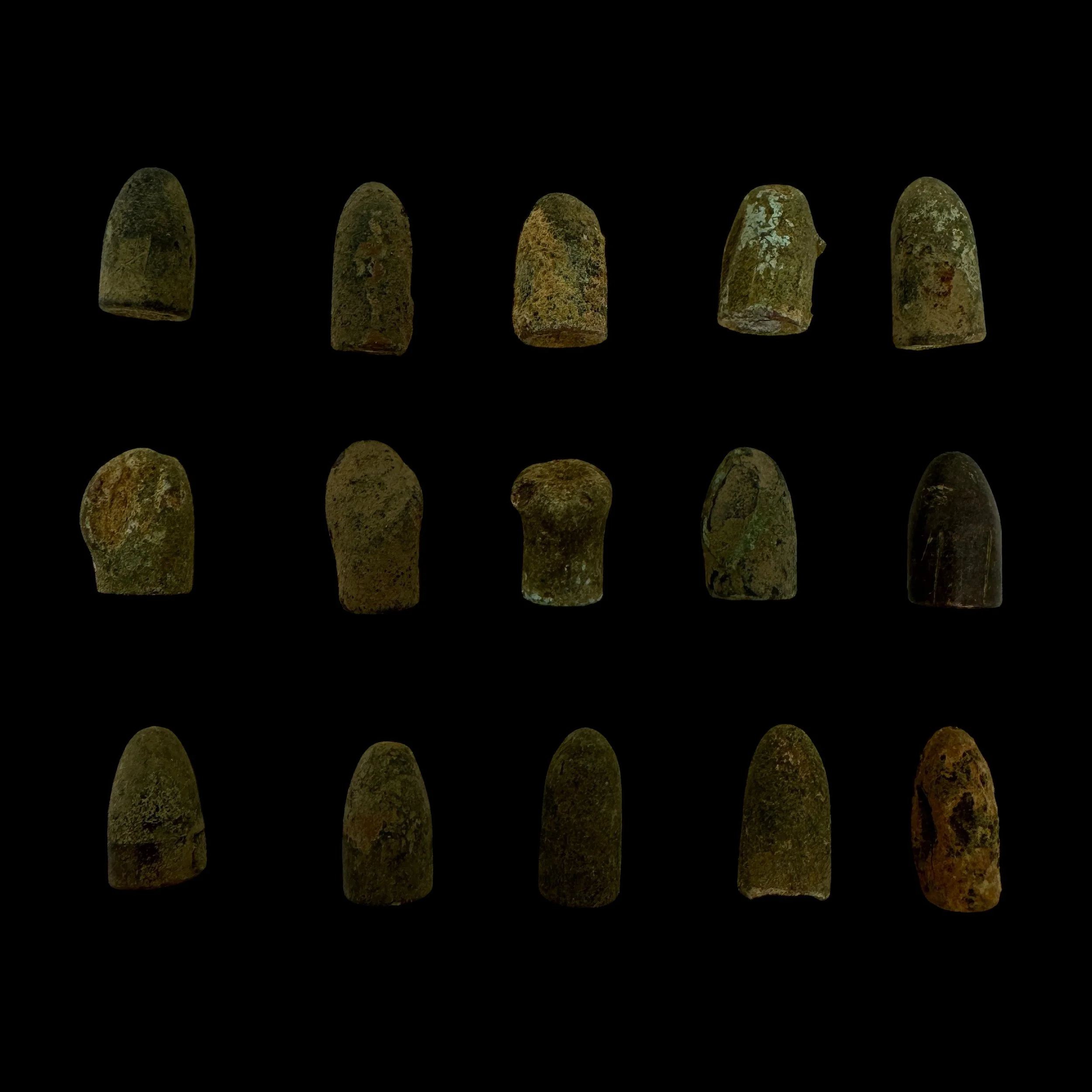

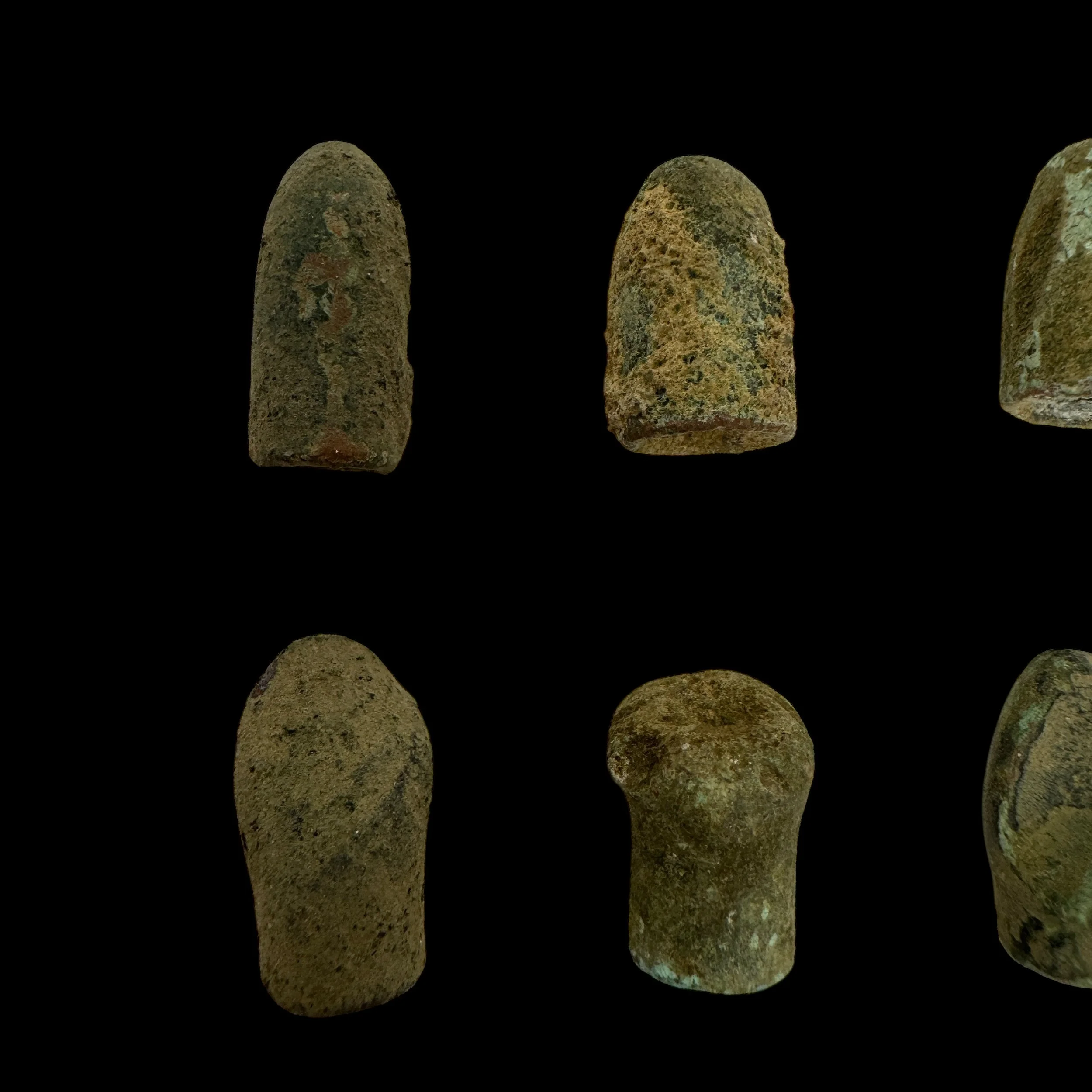

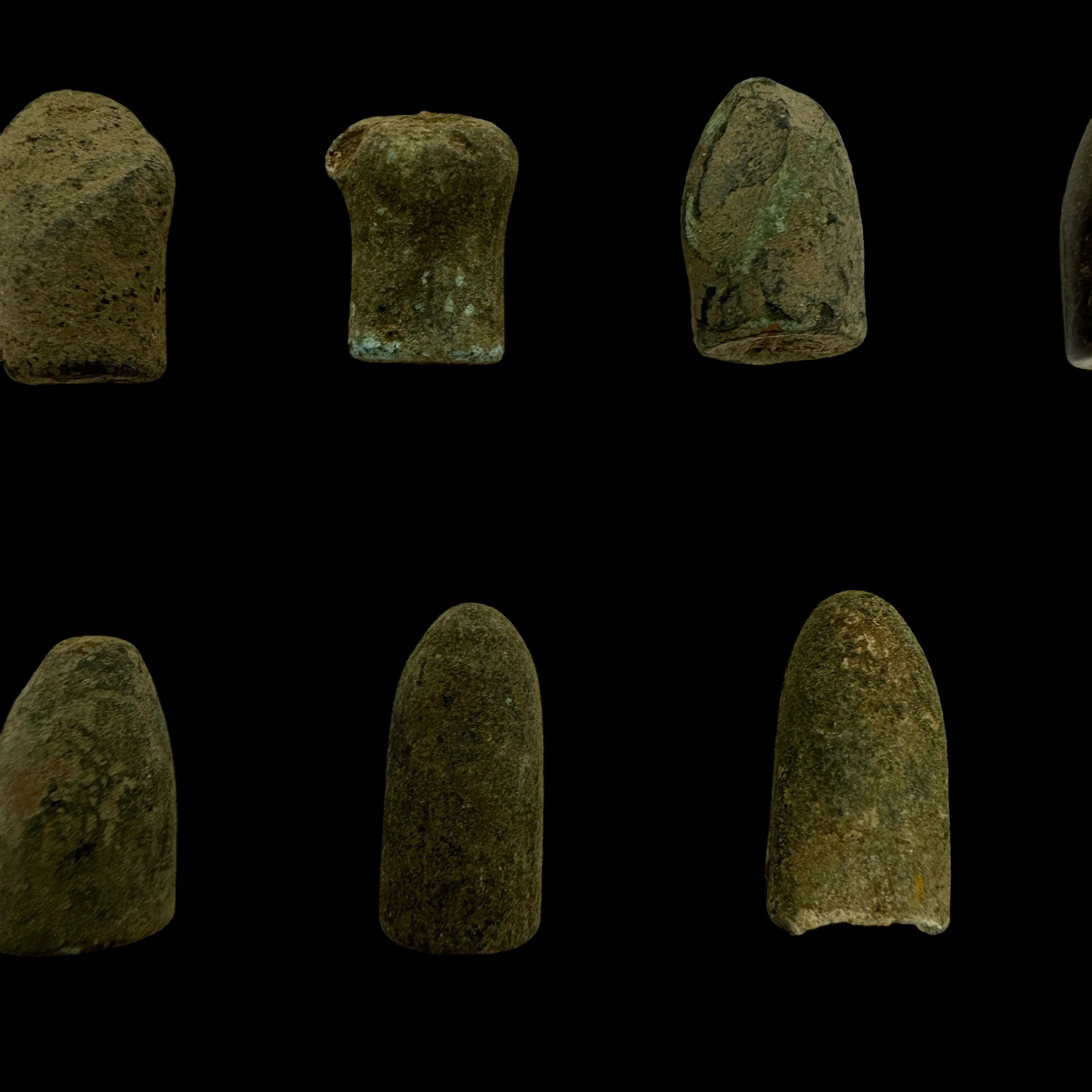
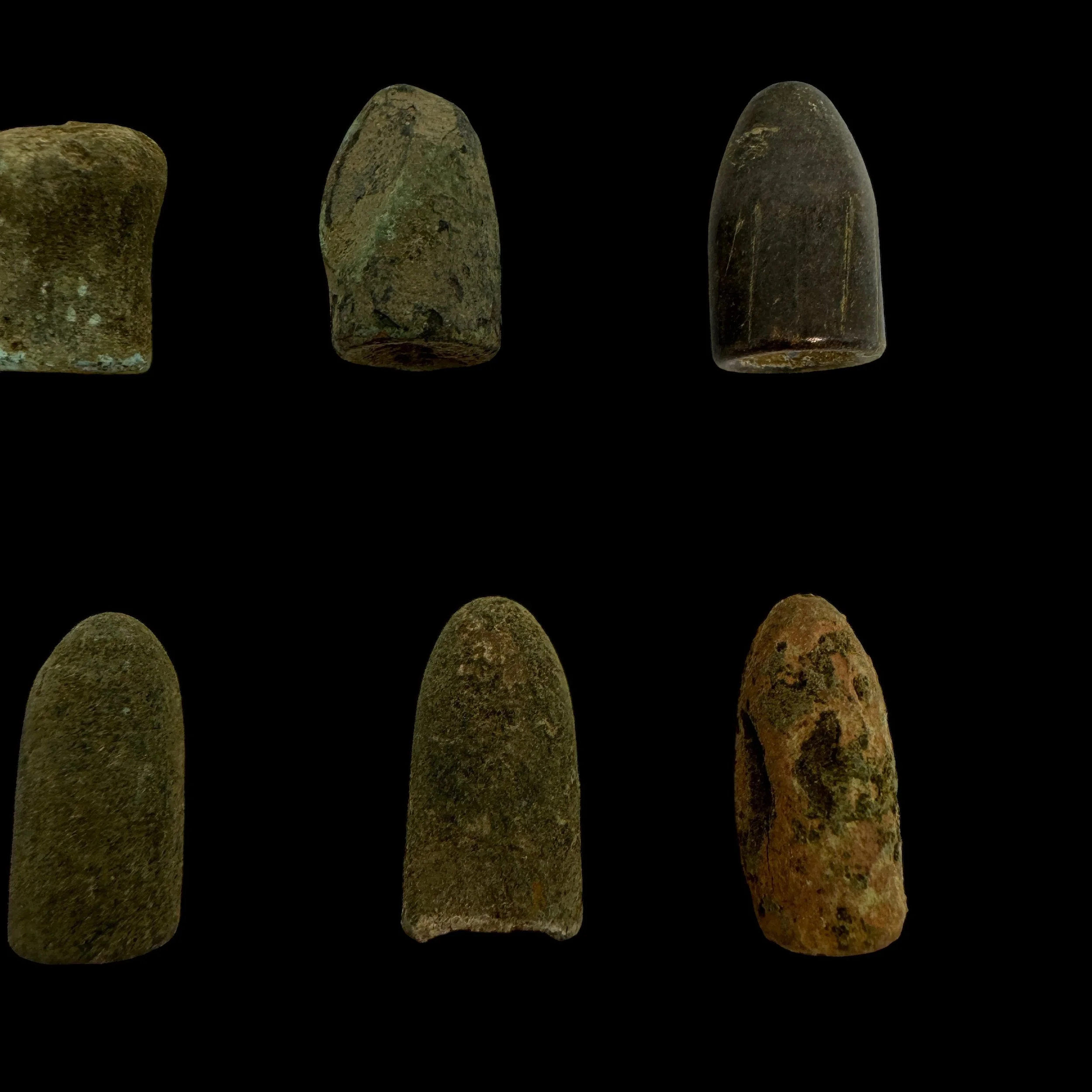
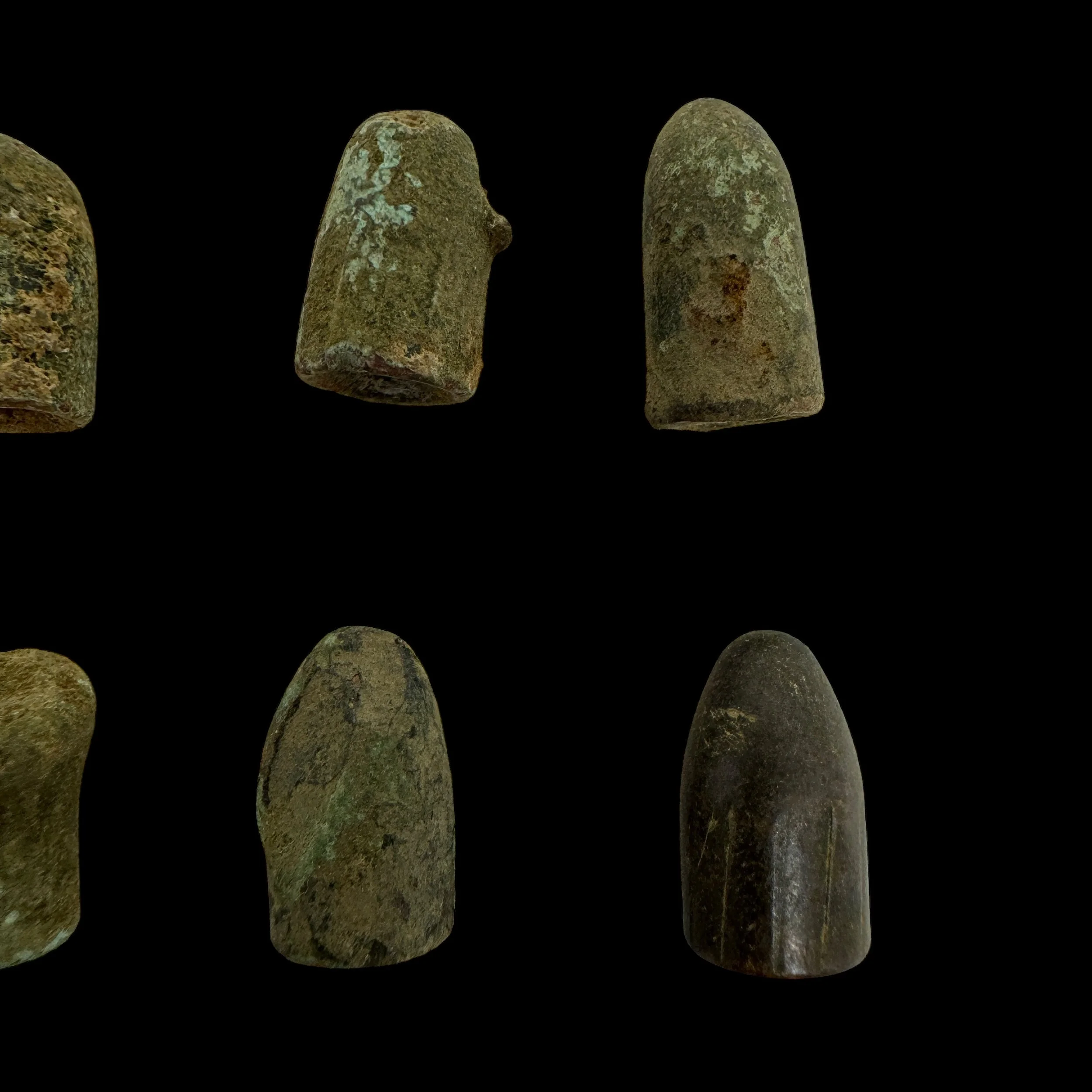
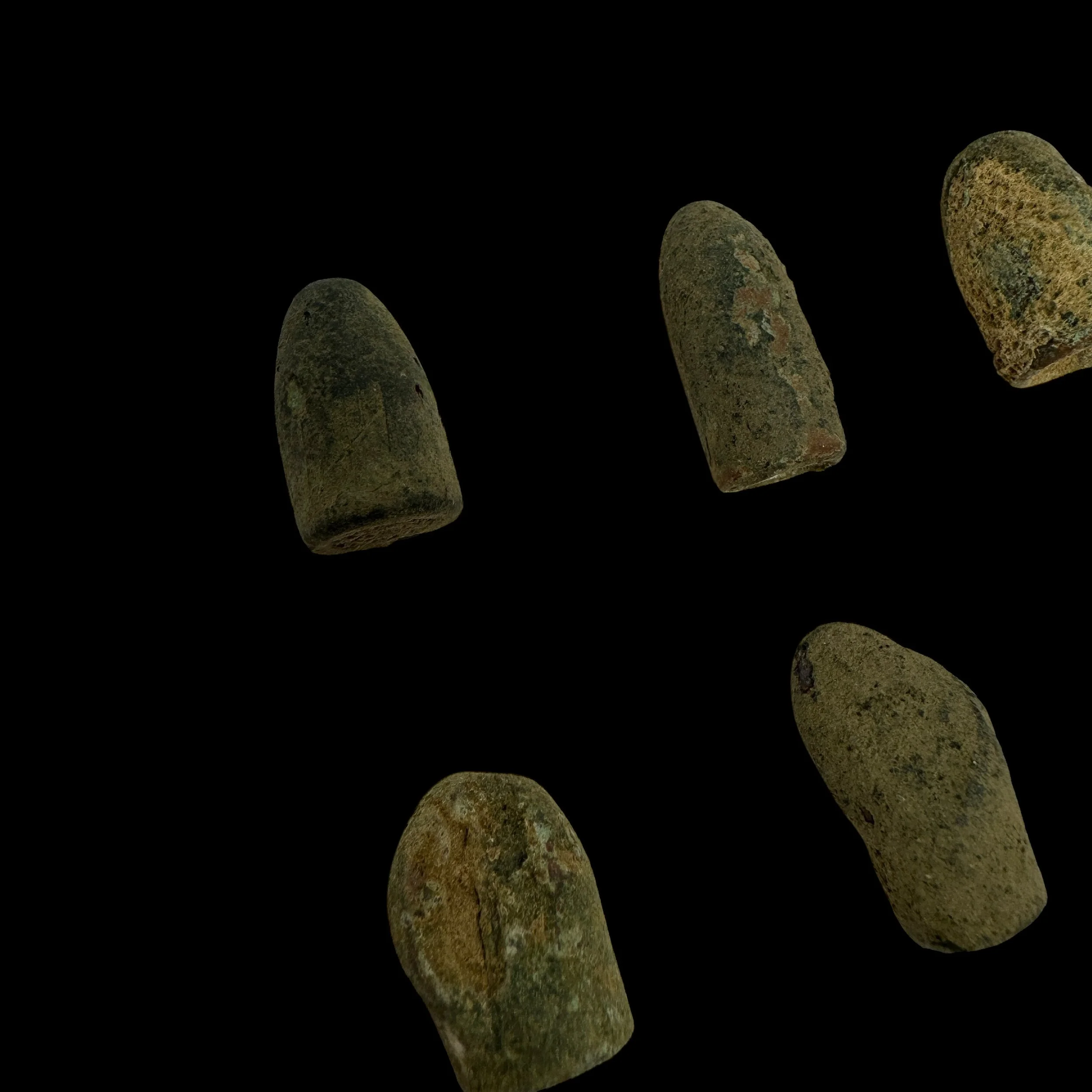
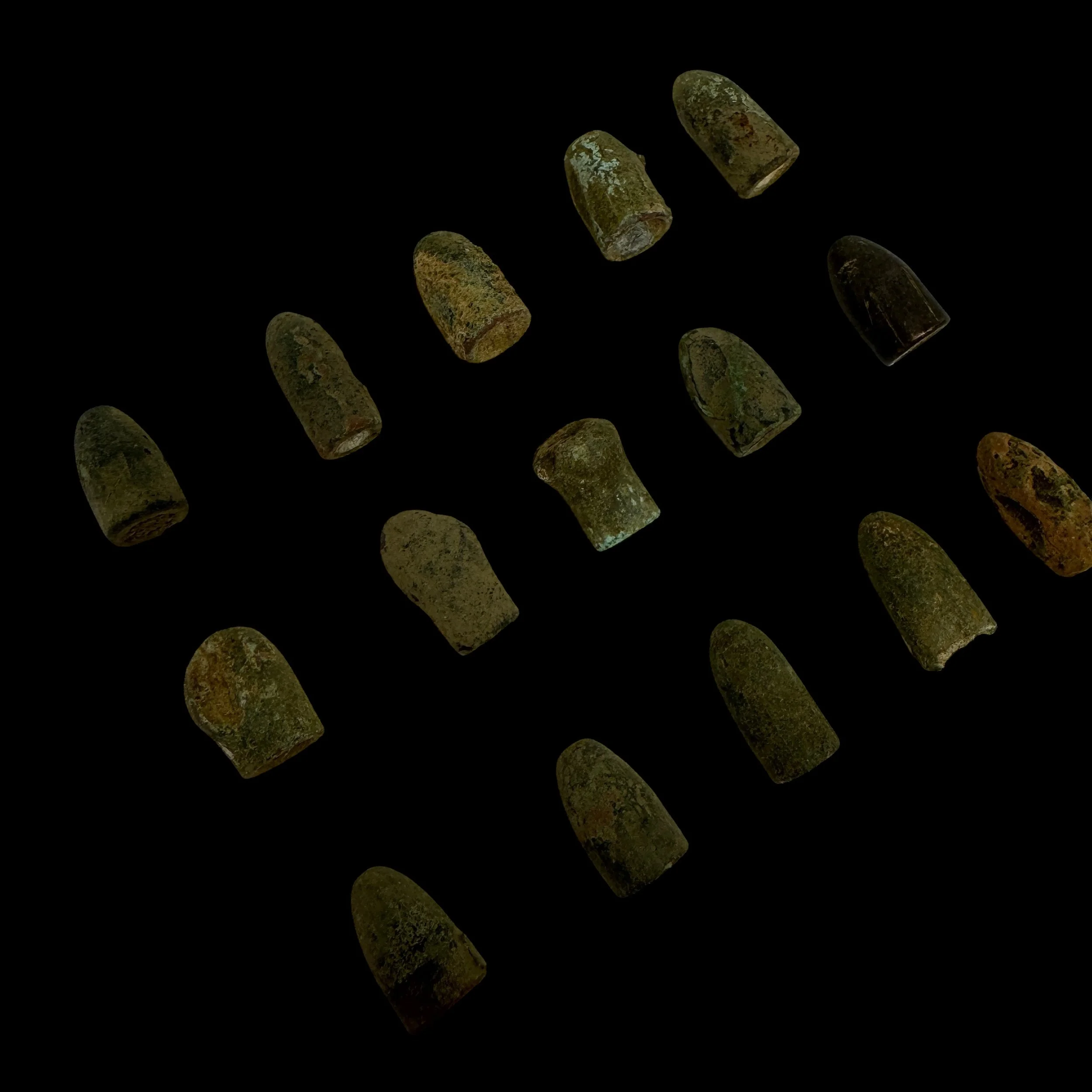
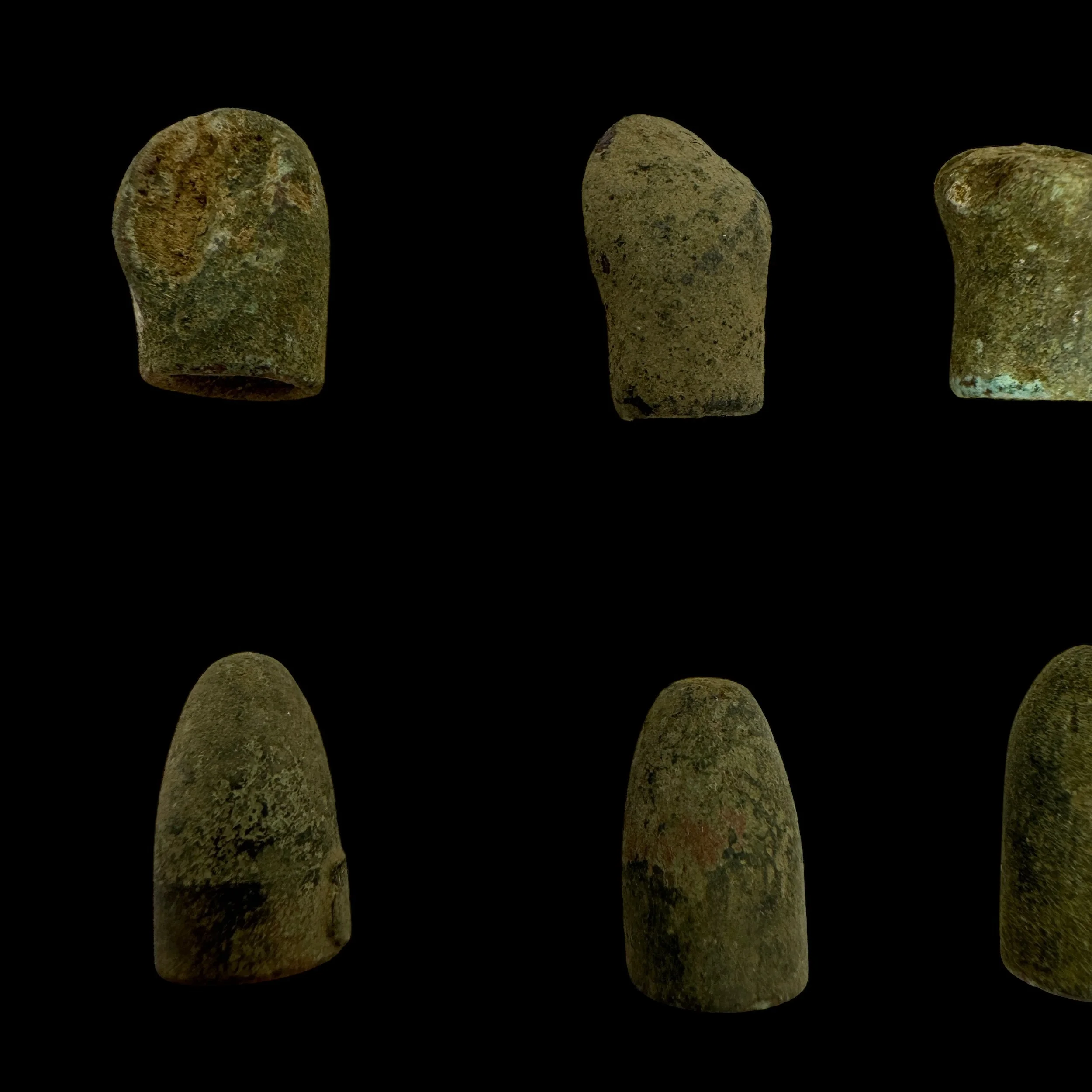

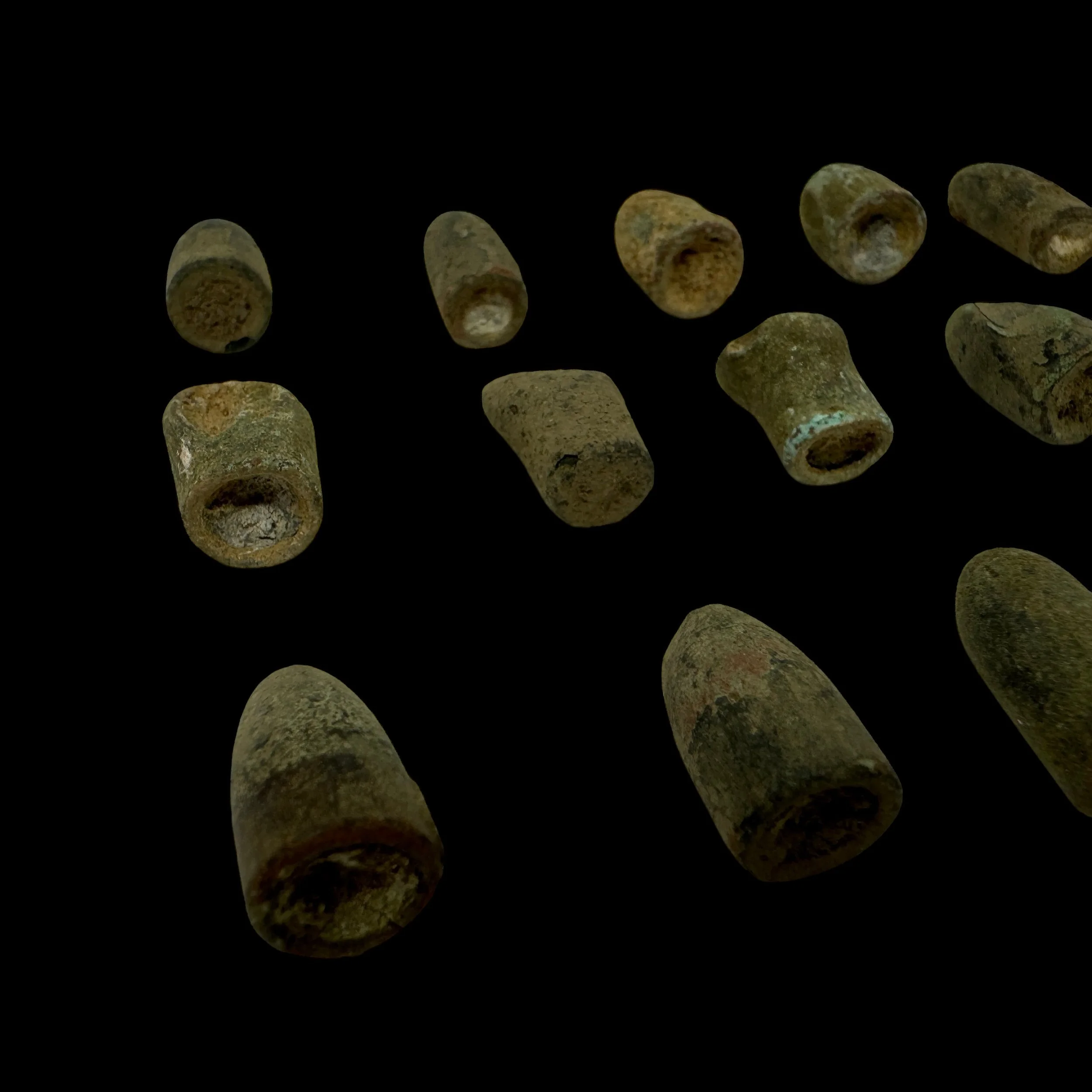
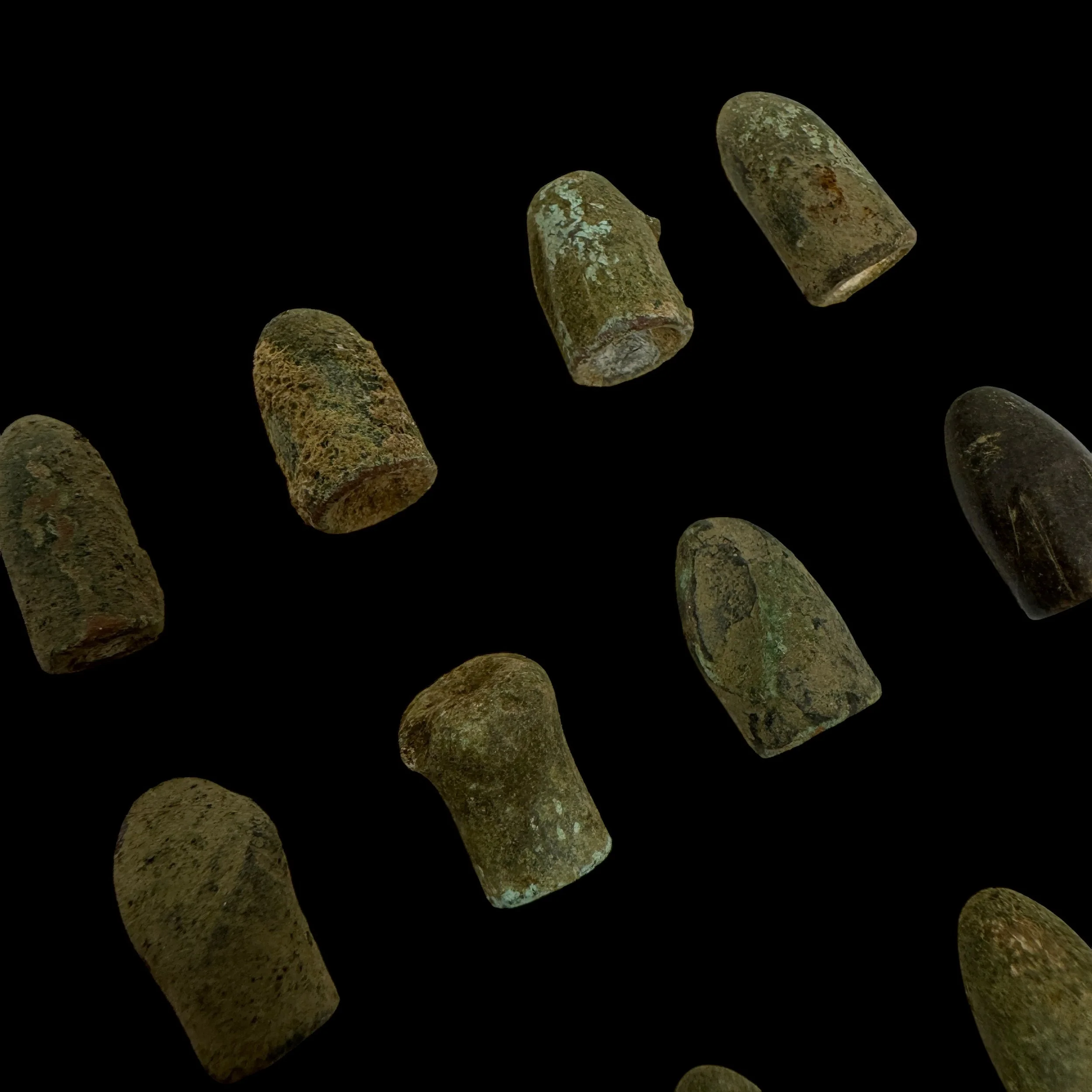
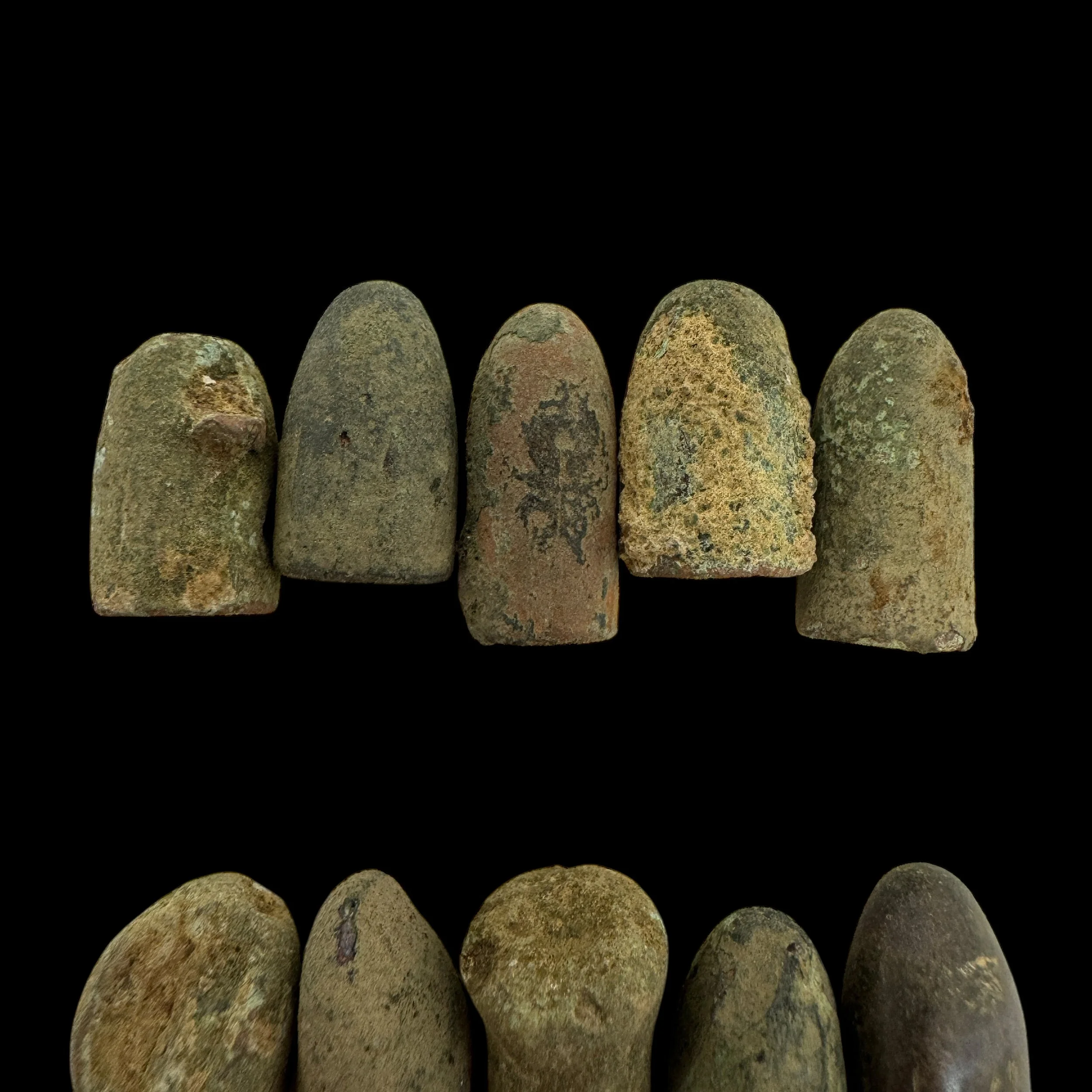
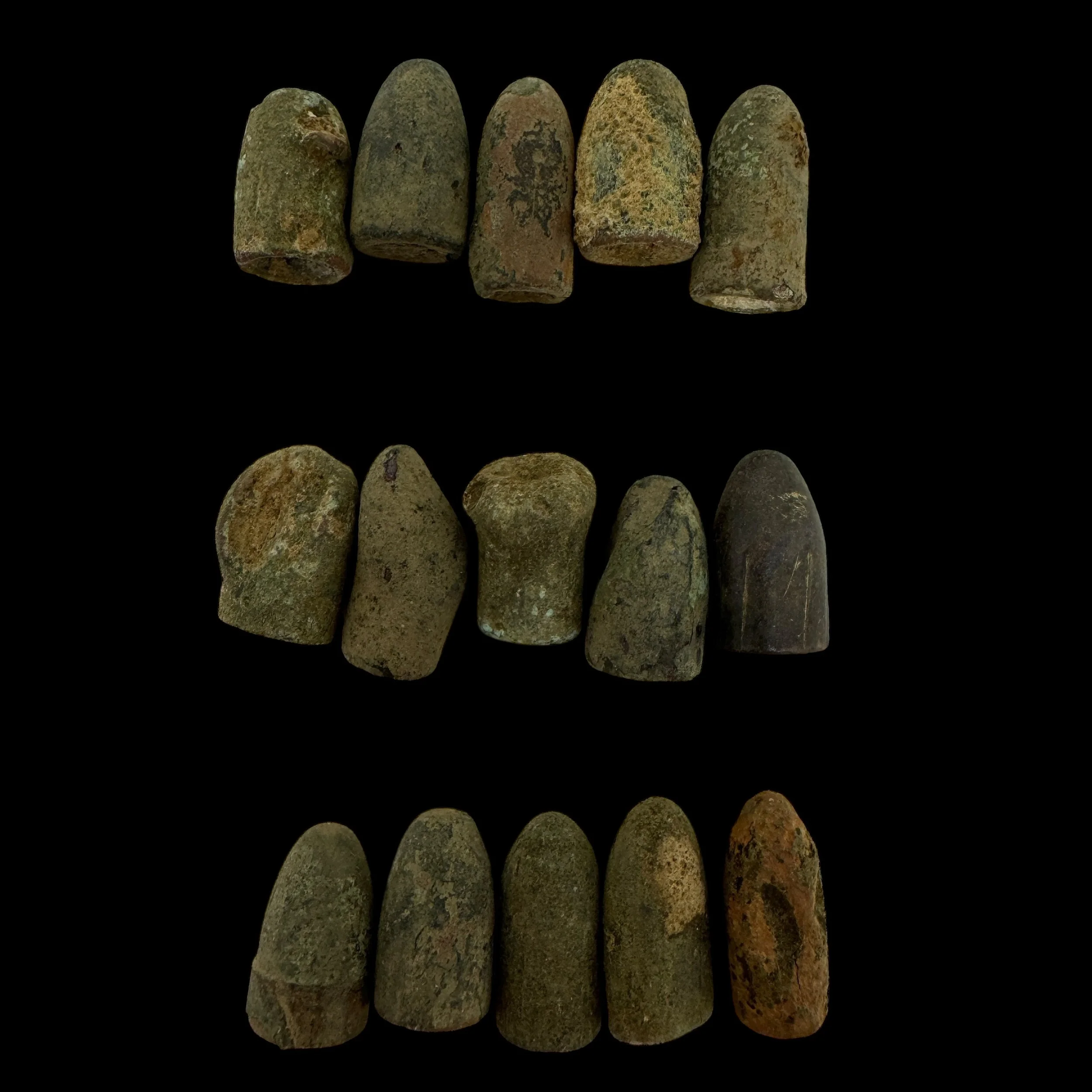
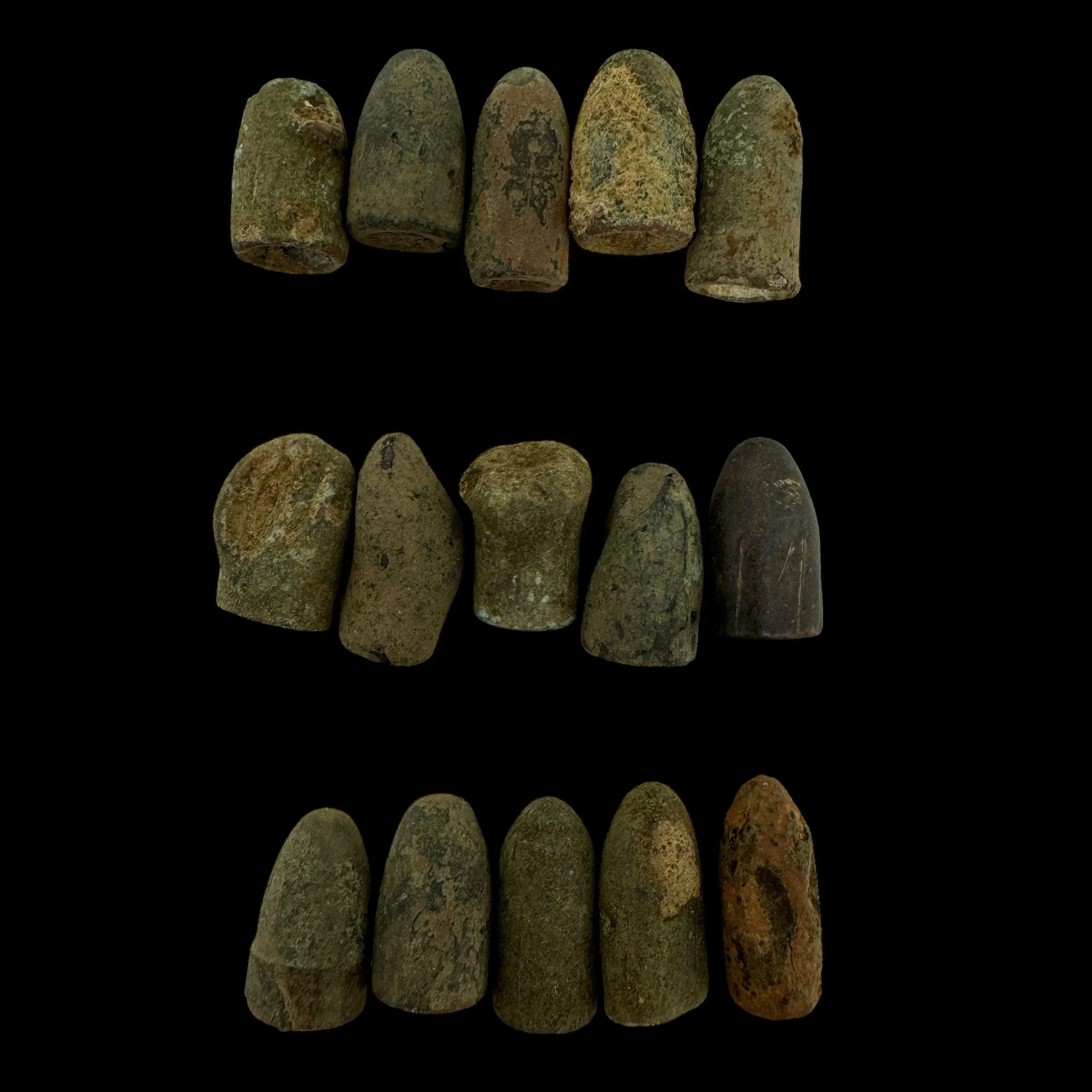
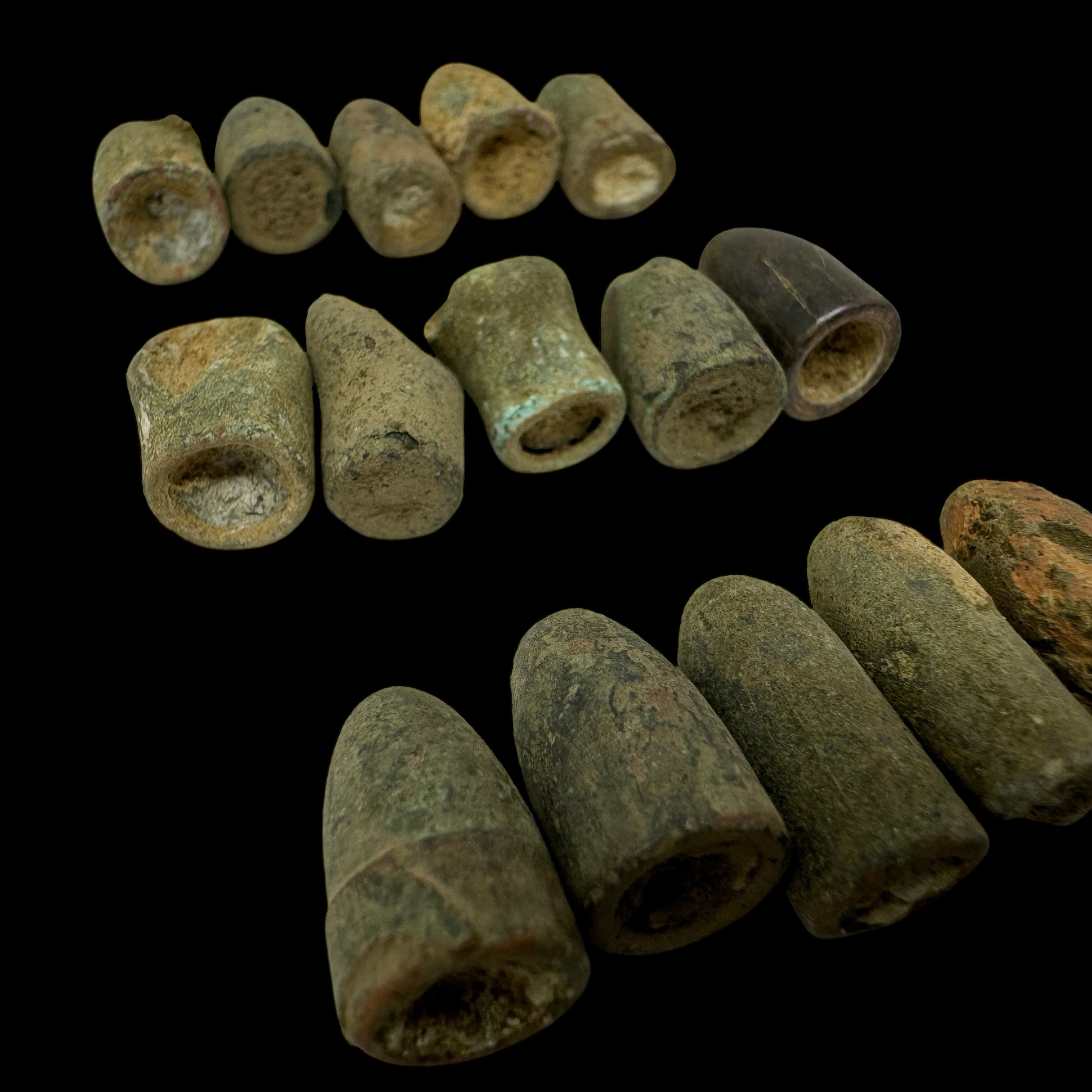
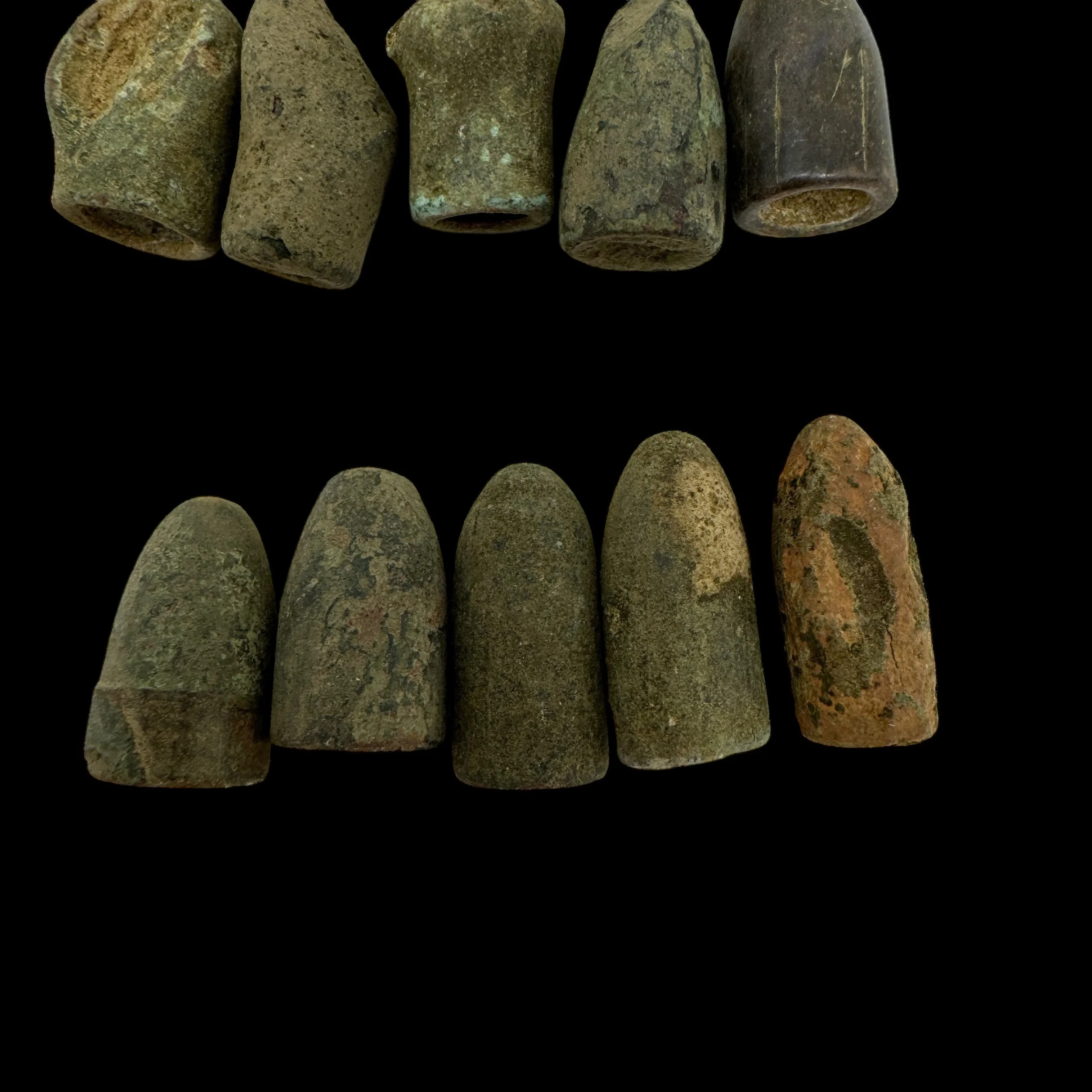

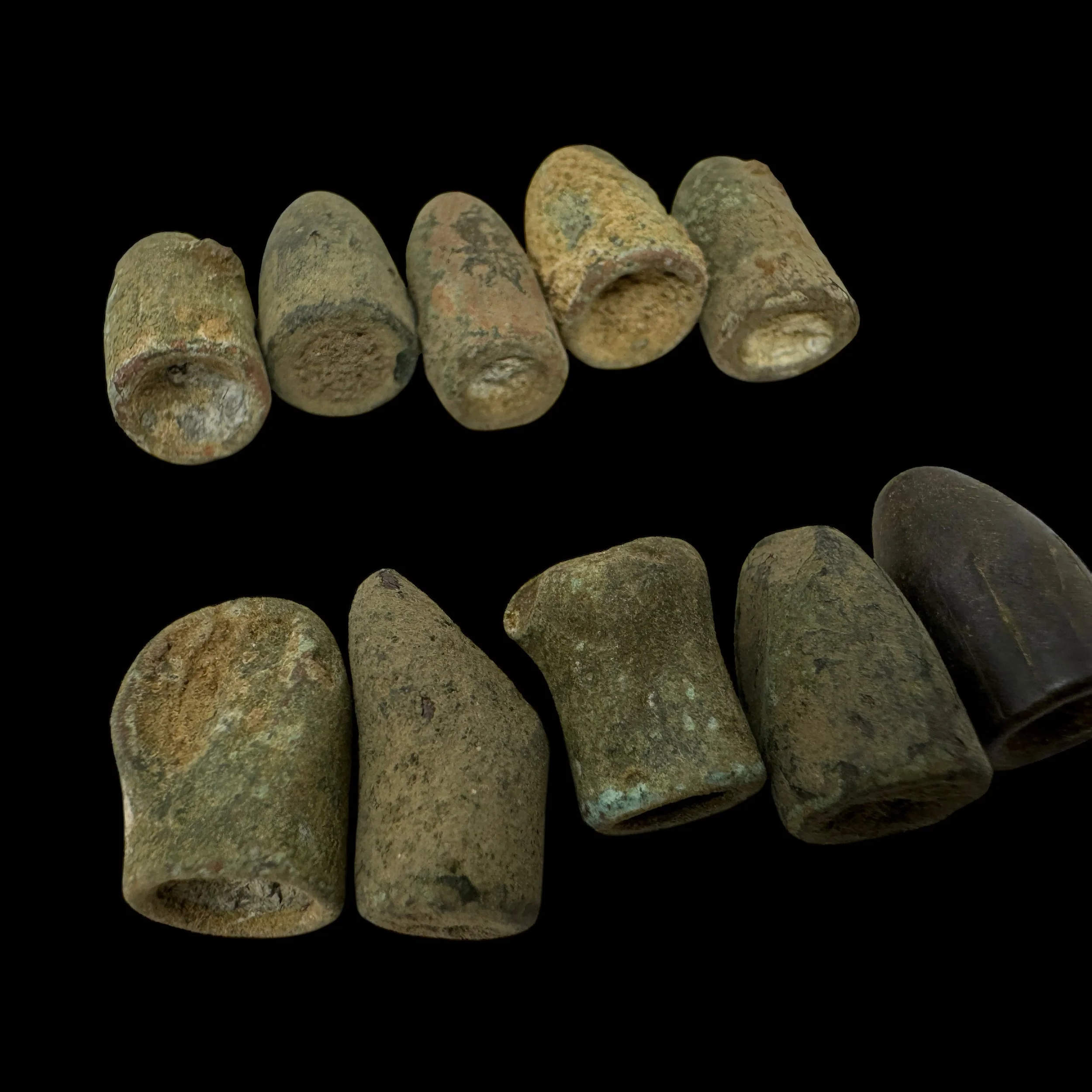


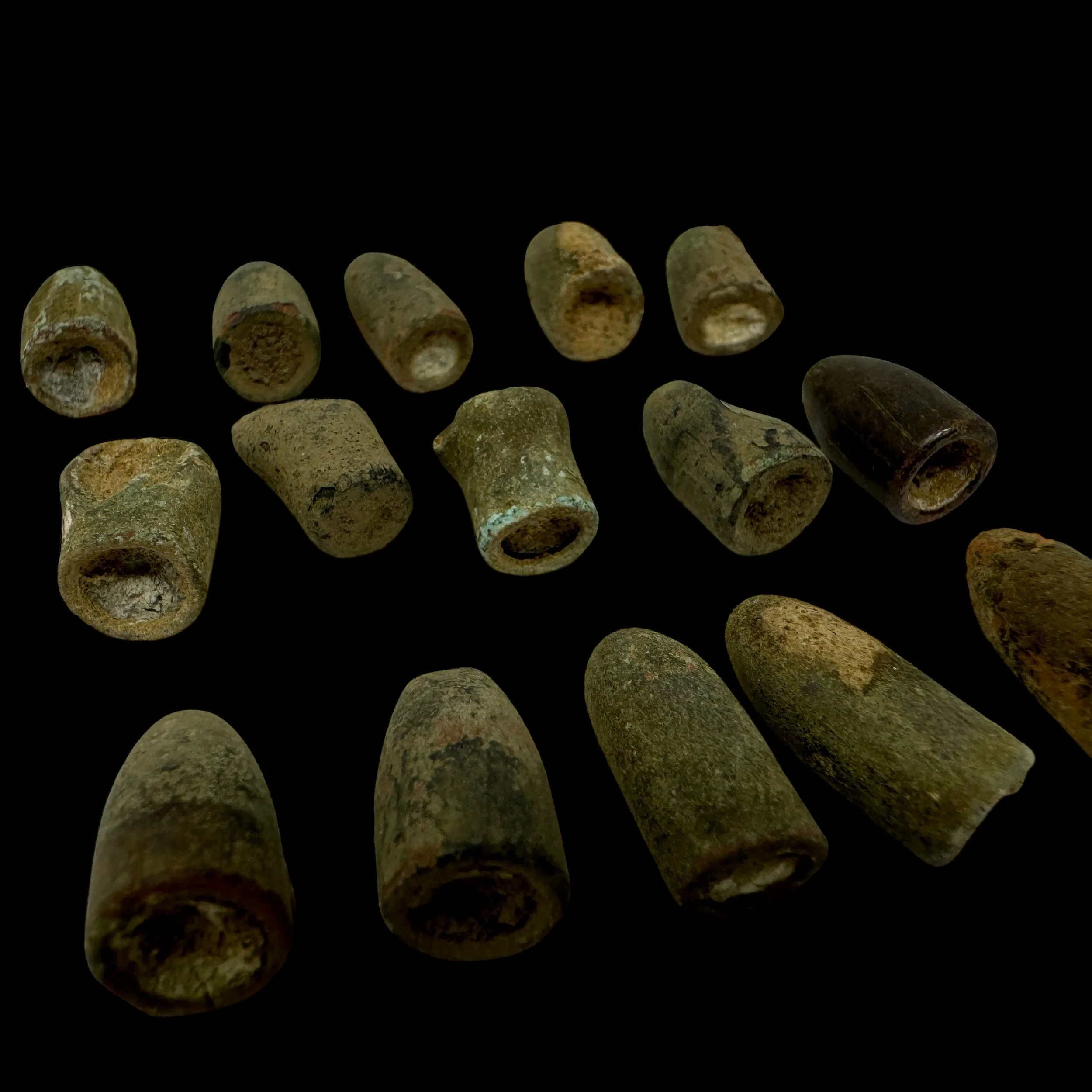
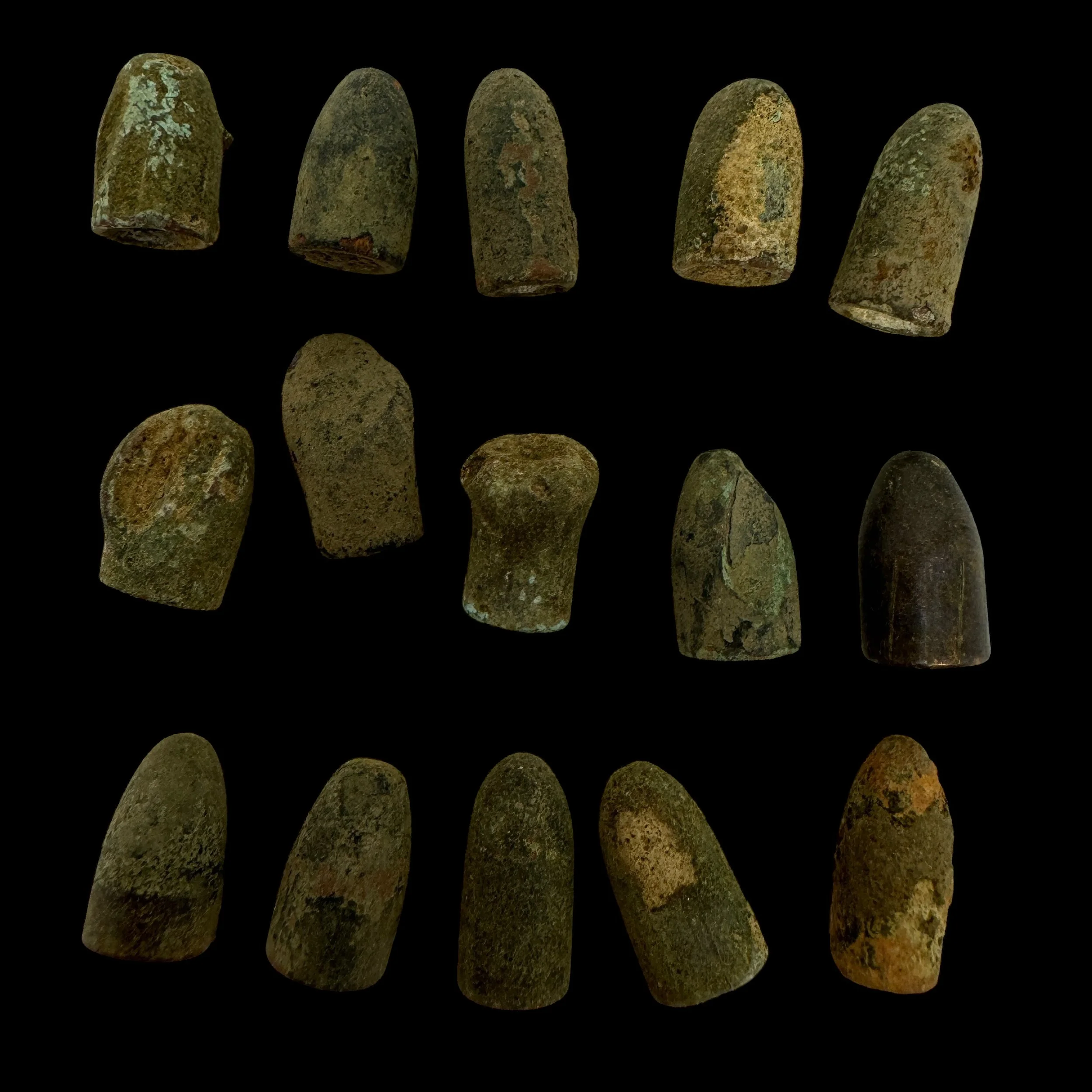
VERY RARE! WWII 1944 Battle of Aachen Siegfried Line “FIRED” Small Caliber Bullet Recovered From WWII Germany Battlefield (1 Randomly Selected)
Comes with hand-signed C.O.A. and a full historical write-up
Type: Original World War II “FIRED” Small Caliber Bullet
Campaign: European Theater
Battle/Operation: Battle of Aachen - Siegfried Line (Germany)
Battlefield Recovered: Recovered during a professional excavation of the Battle of Aachen battlefield
Date: October 1944
This extraordinary artifact, of exceptional museum-grade quality, is an original fired small caliber bullet recovered during a meticulous and professionally conducted excavation of the historic Battle of Aachen battlefield. Unearthed from the very ground where history was written, this bullet offers a tangible link to one of World War II’s most daring and costly battles of the Siegfried Line.
The Battle of Aachen in autumn 1944 was a pivotal clash on the Western Front, marking the first German city captured by the Allies and a breach of the Siegfried Line. Fought fiercely between the American 1st Infantry Division and heavily entrenched German forces, this urban battle epitomized the brutality of modern warfare. Aachen's dense streets turned every corner into a deadly stronghold, with German defenders using MG 42 machine guns, Karabiner 98k rifles, and Panzerfausts to devastating effect. The Americans, armed with M1 Garand rifles and supported by Sherman tanks and heavy artillery, methodically cleared the city through relentless house-to-house combat.
After two weeks of intense fighting, Aachen fell on October 21, 1944, at a cost of over 5,000 American and 5,000 German casualties. The battle shattered the myth of the Siegfried Line's invincibility, paving the way for further Allied advances into Germany.
A remarkable artifact from this historic battle is a fired small caliber bullet bullet, recovered from the battlefield. Its weathered patina and unique markings serve as a tangible link to the extraordinary bravery and sacrifices made in Aachen. This artifact symbolizes the determination of soldiers who endured relentless fire and harsh conditions, making it an invaluable piece of history that commemorates one of World War II’s most significant campaigns.
*When you purchase an original World War II artifact from this exclusive battlefield-recovered bullet collection, you will receive one randomly selected bullet from the remarkable group of relics shown in the photos. Each artifact in this collection was carefully recovered from the historic Operation Market Garden battlefield, and the photos provided represent the exact number of preserved items available. This means the artifact you receive will be one of the very bullets pictured, ensuring its authenticity and direct connection to this iconic WWII event.
The Battle of Aachen, fought in October 1944, stands as one of the most grueling urban battles of World War II and marked a significant milestone in the Allied push into Germany. Situated along the western edge of the Siegfried Line—Germany’s formidable defensive barrier—Aachen held symbolic and strategic importance. It was the first major German city to face invasion by the Allies, and its capture demonstrated the Allies' growing dominance. This essay delves into the details of the battle with particular attention to the Siegfried Line’s defenses and the role of small-caliber bullet submachine guns and pistols in the brutal combat that defined the battle.
The Siegfried Line, or the Westwall as it was known in German, was an extensive network of fortifications, bunkers, anti-tank obstacles, and minefields stretching along Germany's western border. Built initially in the 1930s and later reinforced during the war, the Siegfried Line was designed to slow an advancing enemy and provide strongpoints for defensive operations. Aachen, perched on the line, became a linchpin in the German defense strategy. Its loss would expose the heart of Germany to further Allied incursions. As the U.S. First Army approached the city in September 1944, they encountered fierce resistance from the German 116th Panzer Division and other well-entrenched units determined to hold the line at all costs.
Urban warfare characterized the fighting in Aachen. The city’s medieval streets, dense urban environment, and the surrounding Siegfried Line bunkers created an ideal battleground for close-quarters combat. Here, small-caliber firearms played a pivotal role, as soldiers relied on weapons suited to confined spaces. The Germans fielded their iconic MP 40 submachine gun, a weapon that became synonymous with German infantry during World War II. The MP 40, firing 9mm Parabellum rounds, was valued for its compact design, manageable recoil, and high rate of fire. It was particularly effective in the close-range engagements that dominated Aachen, allowing German troops to suppress and engage American forces in the narrow streets and fortified buildings.
On the American side, the M3 submachine gun, nicknamed the "Grease Gun" due to its resemblance to an automotive tool, was a common sight. The M3 was chambered for .45 ACP rounds, offering significant stopping power in urban environments. Though less refined than its German counterpart, the M3 was rugged, simple to manufacture, and highly effective in close combat. American forces also made extensive use of the Thompson submachine gun, another .45 ACP firearm known for its reliability and robust construction. The Thompson, often associated with earlier conflicts and law enforcement, found new life in Aachen’s brutal fighting, proving its worth in room-clearing operations and suppressing enemy fire.
Handguns also saw considerable use during the battle, particularly in tight spaces where larger weapons were unwieldy. The German Wehrmacht relied on pistols such as the Walther P38 and the Luger P08, both chambered for 9mm Parabellum rounds. These pistols were prized for their precision and ease of use, making them valuable sidearms for officers and support troops. The Walther P38, in particular, represented a leap forward in handgun design with its double-action trigger, which improved readiness and safety.
American forces countered with the M1911 pistol, a .45 ACP sidearm that was as reliable as it was powerful. Designed by John Browning, the M1911 was the standard-issue sidearm for U.S. troops and was particularly well-suited to the close-quarters combat encountered in Aachen. Its stopping power made it a trusted companion for American infantrymen fighting through the city’s fortified structures and subterranean passages.
The intense urban combat in Aachen highlighted the tactical advantages and limitations of these small-caliber firearms. The submachine guns, with their high rates of fire and compact designs, excelled in suppressing enemy positions and clearing rooms. However, their effectiveness was tempered by limited range and magazine capacity, making them more suitable for short engagements rather than prolonged firefights. Pistols, while lacking the firepower of submachine guns, proved indispensable as backup weapons, particularly for officers and troops operating in confined spaces.
The fighting in Aachen also underscored the importance of logistics and adaptability. The confined urban environment and the rugged terrain of the Siegfried Line necessitated a steady supply of ammunition for these weapons, often posing significant challenges for both sides. American forces, for instance, relied heavily on their logistical superiority to maintain a constant flow of supplies to the front lines, ensuring that their troops were well-equipped to meet the demands of the battle.
By October 21, 1944, after weeks of intense combat, the city of Aachen fell to the Allies. The cost of victory was steep, with both sides suffering heavy casualties. The Germans had fought tenaciously, utilizing the Siegfried Line's defenses and the advantages provided by their small-caliber firearms to inflict significant losses on the advancing Americans. However, the overwhelming firepower and determination of the U.S. forces ultimately overcame the German defenses, marking a crucial step in the Allied advance into Germany.
The Battle of Aachen stands as a testament to the ferocity of World War II’s closing stages. It exemplifies the challenges of urban warfare and the critical role of small-caliber weapons in shaping the outcomes of close-quarters combat. Submachine guns like the MP 40 and M3, and pistols such as the Walther P38 and M1911, were not just tools of war but lifelines for soldiers engaged in the harrowing fight for Aachen. The battle’s outcome, set against the backdrop of the formidable Siegfried Line, symbolized the relentless Allied push toward victory and the beginning of the end for Nazi Germany.